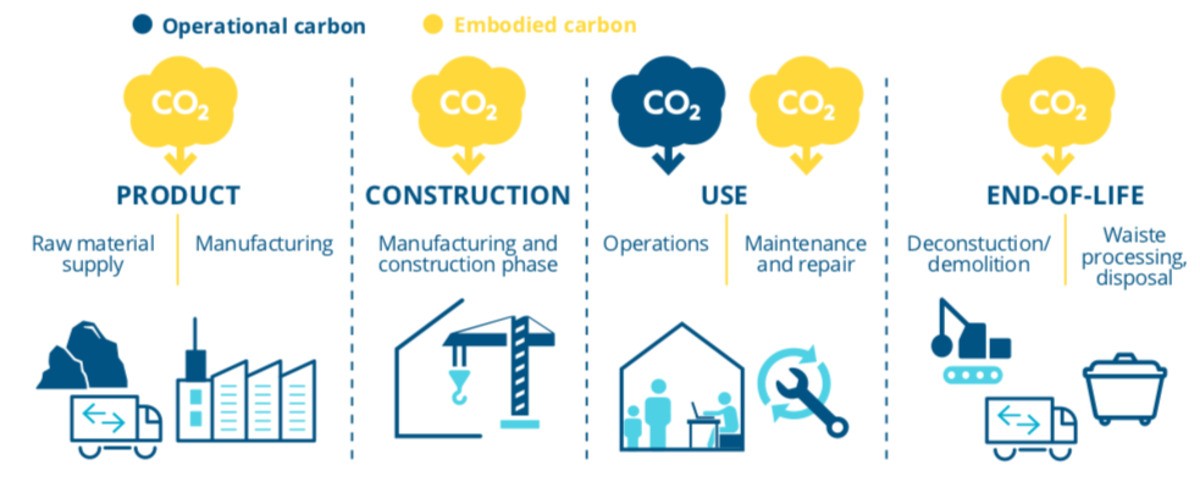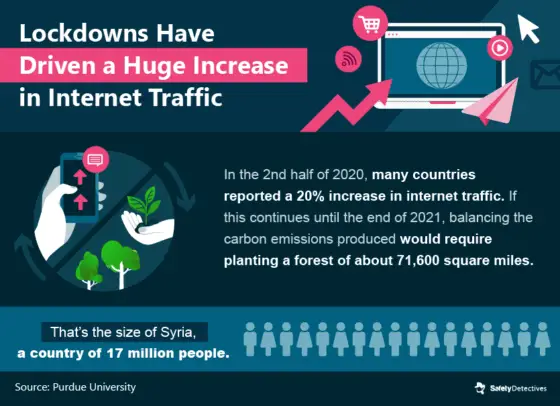Benefits of CDN in Reducing the Carbon Footprint of Digital Operations

1. Reduced Energy Consumption:

- CDNs distribute content from geographically dispersed servers, reducing the distance data must travel.
- This optimizes network traffic and minimizes latency, leading to lower energy consumption for both users and providers.
2. Improved Server Efficiency:

- CDNs cache frequently accessed content, reducing the load on origin servers.
- This allows origin servers to operate more efficiently, using less energy and reducing their carbon emissions.
3. Reduced Network Congestion:
- CDNs distribute content from multiple points, reducing congestion on the internet backbone.
- This improves network efficiency and reduces the energy required to transmit data over long distances.
4. Optimized Video Streaming:
- Video streaming requires significant bandwidth and energy.
- CDNs optimize video delivery by delivering content in smaller chunks and using adaptive bitrate streaming, reducing buffering and minimizing energy consumption.
5. Reduced Data Transfer:
- By caching content locally, CDNs reduce the amount of data that needs to be transferred over the network.
- This lowers the overall energy consumption associated with data transmission and storage.
6. Green Certification and Reporting:
- Some CDNs have obtained green certifications or offer reporting tools that track their environmental impact.
- This transparency allows organizations to monitor their carbon footprint and make informed decisions about their digital operations.
7. Adoption of Renewable Energy:
- CDNs are increasingly investing in renewable energy sources, such as solar and wind power, to power their data centers.
- This further reduces their carbon footprint and promotes sustainability.
8. Reduced Hardware Need:
- CDNs can reduce the need for additional hardware, such as servers and network equipment.
- This minimizes the environmental impact associated with manufacturing, transportation, and disposal of these devices.
9. Enhanced Customer Experience:
- Reduced latency and improved video quality provided by CDNs enhance the user experience.
- By meeting the expectations of users, CDNs reduce bounce rates and abandoned carts, leading to increased efficiency and reduced carbon emissions related to re-browsing and re-ordering.
10. Cost Savings:
- Reducing energy consumption and improving efficiency through CDN adoption can lead to significant cost savings.
- Organizations can reinvest these savings into further sustainability initiatives or other business objectives.## The Benefits Of Cdn In Reducing The Carbon Footprint Of Digital Operations
Executive Summary:
Content Delivery Networks (CDNs) play a pivotal role in reducing the carbon footprint of digital operations by optimizing content delivery, reducing energy consumption, and promoting sustainable practices.
Introduction:
The digital realm is rapidly expanding, with an ever-increasing demand for content streaming, data storage, and online services. This surge in digital activities has a substantial impact on the environment, contributing to greenhouse gas emissions and energy consumption. CDNs emerge as a sustainable solution, mitigating these adverse effects through their efficient content delivery mechanisms.
FAQ:
-
What is a CDN?
- A CDN is a geographically distributed network of servers that delivers content to end-users, reducing latency and improving website performance.
-
How does a CDN reduce carbon footprint?
- By reducing the number of server requests, optimizing data transfer, and using energy-efficient technologies.
-
What are the key benefits of using a CDN?
- Improved website performance, reduced bandwidth consumption, global reach, enhanced security, and cost optimization.
Top 5 Subtopics:
1. Content Caching
- Optimizes content retrieval by storing frequently accessed files on edge servers closer to end-users.
- Reduces latency, server load, and bandwidth usage.
- Key points:
- Faster content delivery
- Reduced data transfer
- Improved user experience
2. Load Balancing
- Distributes traffic across multiple servers, preventing bottlenecks and ensuring optimal performance.
- Reduces server downtime, improves scalability, and optimizes resource allocation.
- Key points:
- Enhanced website availability
- Increased server efficiency
- Improved website responsiveness
3. Protocol Optimization
- Uses advanced protocols like HTTP/2 and QUIC to reduce latency, minimize data transfer, and improve content delivery efficiency.
- Optimizes handshake processes, enables parallel data transfer, and reduces packet loss.
- Key points:
- Faster content loading
- Reduced bandwidth consumption
- Enhanced user experience
4. Green Data Centers
- Many CDNs utilize data centers powered by renewable energy sources like solar and wind power.
- Reduces reliance on fossil fuels, minimizes greenhouse gas emissions, and promotes sustainable practices.
- Key points:
- Reduced carbon emissions
- Enhanced environmental responsibility
- Positive impact on local communities
5. Energy-Efficient Technologies
- Employ energy-saving technologies like server virtualization, power management systems, and cooling optimization.
- Reduces power consumption, minimizes energy waste, and contributes to a sustainable digital ecosystem.
- Key points:
- Lower energy bills
- Reduced environmental impact
- Enhanced corporate social responsibility
Conclusion:
CDNs play an indispensable role in reducing the carbon footprint of digital operations by optimizing content delivery, utilizing advanced technologies, and promoting sustainable practices. As the digital landscape continues to evolve, CDNs will become even more critical in mitigating the environmental impact of our online activities. By embracing CDNs, organizations can not only enhance their digital performance but also contribute to a cleaner, greener future.
Relevant Keywords:
- Content delivery network (CDN)
- Carbon footprint
- Sustainable digital operations
- Green data centers
- Energy-efficient technologies
